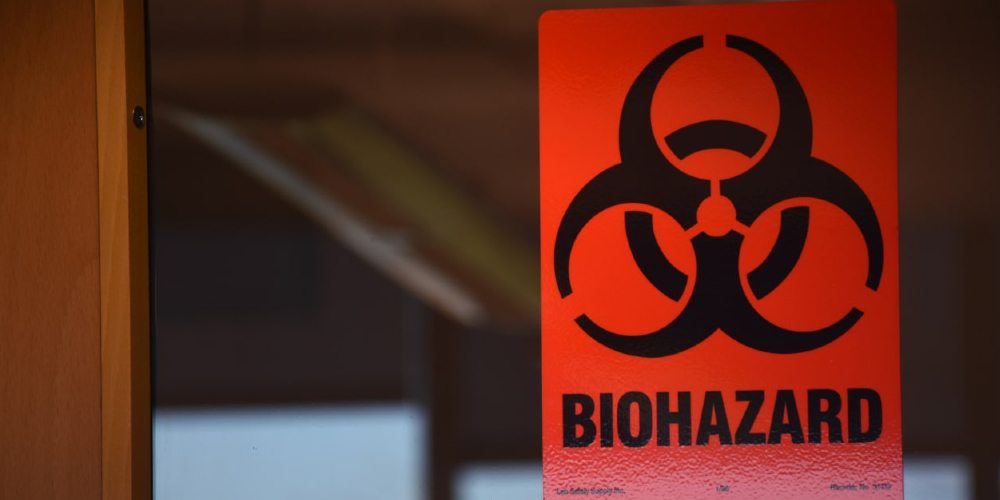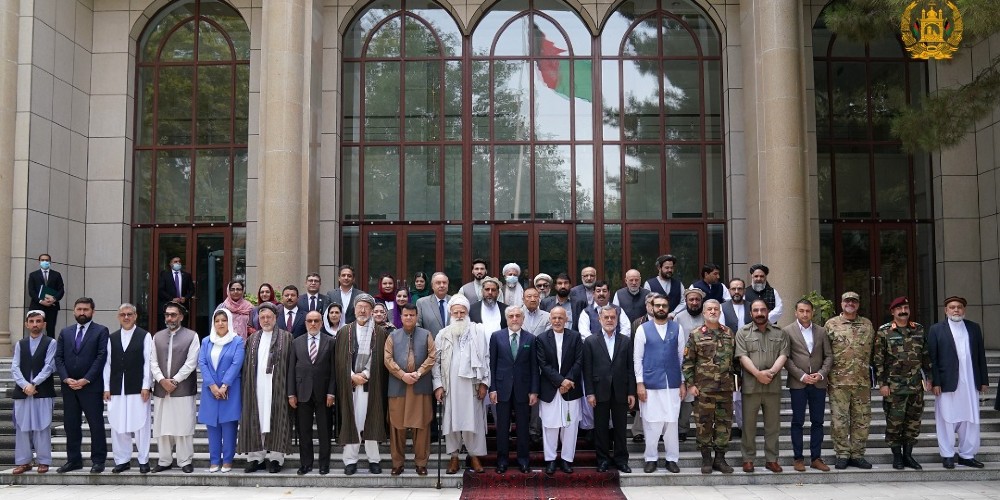BY SAEED NAQVI
When Donald Trump did not take even arch ally, the UK, into confidence when Iran’s Gen. Qassem Soleimani was murdered, how prepared the US would have been for an expanded military engagement? The Iranian missile attacks on a range of US bases are a straightforward retaliation: bases from where attack on Soleimani was launched have been targeted. The conflict so far has been contained.
Ofcourse, the US is in readiness. Already, Diego Garcia in the Indian Ocean is being readied, which will pose a few questions for New Delhi, exactly of the nature that Prime Minister Chandra Shekhar faced during Operation Desert Storm. Chandra Shekhar allowed US bombers to refuel on their way to Iraq.
Even as the post cold war world transited to the post 9/11 Islamophobia, New Delhi, by choice and circumstance, held firmly onto American coat tails, even putting up with an insult or two. Pakistan, and not India, was first incorporated into the global war on terror. US Ambassador Robert Blackwill was terse: “Your’s is an old regional quarrel with Pakistan; that country is partnering us in our global war on terror.” Only after December 13, 2001 attack on Indian Parliament, did New Delhi become a bonafide “victim of terror”. It was a strange triangle: New Delhi and Islamabad were not on talking terms, but both were yoked in the US led war on terror.
This was the state of play when in April 2003, George W Bush was pushed into occupying Iraq by his neo-con drum beaters sketching designs of “full spectrum dominance” in the New American century. It was all very tempting when the Americans invited New Delhi to be their partners in Iraq which was now “theirs”. A section of South Block was having orgasms at the prospect. India was being invited to be an occupying power in Iraq’s Kurdish north. Atal Behari Vajpayee as Prime Minister put his foot down: it was a foolish idea.
The real author of the Iraq expedition, Vice President Dick Cheney choreographed his victory speech on April 9, 2003 to synchronize with the pulling down of Saddam Hussain’s statue at Baghdad’s Palestine Square. The celebrating Iraqis did not appear.
In desperation, Americans contacted Shia clerics like Muqtada Sadr. The cleric was an iconic figure in a Shia ghetto north of Baghdad named Saddam city. Muqtada Sadr it was who mobilized Shia’s to come out in celebration, beating Saddam’s photographs with chappals even as the marines pulled down the statue with cranes. In deference to this act, the occupying power renamed Saddam city as Sadr city.
This is how intimate the US’s relations have been with the mercurial cleric from the beginning of the occupation. These relations have fluctuated from mutual dependence to total hostility. A nationalist to the bones, Sadr would welcome help from someone like Qassem Soleimani but would be uncomfortable if Soleimani’s Iranian charisma overwhelmed his.
Iraqi Prime Minister Adil Abdul Mahdi was someone Defence Secretary Mark Esper consulted half an hour before the assassination. “I advised him against the decision” Mahdi revealed. But “half an hour” in the circumstances, was eternity. He could have alerted Soleimani’s convoy. Why did he not?
In the convoy was also Abu Mahdi al-Muhandis the Deputy Head of Hashd al Shaabi, or Iraq’s popular mobilization, which has the sanction of Grand Ayatullah Ali Sistani in Najaf. It reflect on American caprice that in 2005 Sistani was a figure of adoration in the US establishment. In March of that year Thomas Friedman of the New York Times had proposed the Nobel Peace Prize for Sistani in his column titled “A Nobel for Sistani”.
Abu Mahdi al-Muhandis was clearly Soleimani’s eyes and ears in Iraq. But he was only the second in command of the Hashd. Where was the leader of the Hashd, Falih al Fayyadh? Last month he had made a surprise visit to Washington to meet Defence Secretary Esper, the very same person who alerted Prime Minister Mahdi about the action which killed Soleimani, Muhandis and a host of others.
The information obtained by Esper directly may have encouraged him to believe that the anti American line up in Iraq was a divided house. Even Muqtada Sadr’s visit to Riyadh some months ago would have been taken into this calculus.
The consequence is that the assassination-in-a-hurry has united even disparate forces in Iran, Iraq and the larger West Asia. It left Europe dazed, Britain embarrassed and the rest of the world wondering as to what would happens next. The only country to have expressed support for the action is Israel. And Israel is on notice by the leader of Hezbollah, Hassan Nasrallah. An attack on Hezbollah from any of the players, in the region or beyond, would be an invitation to Hezbollah to retaliate “massively” on Israel.
Incidentally, New Delhi has been in interaction with Falih al Fayyadh. He arranged for the Institute of Defence Studies and Analysis to be affiliated with al Nahran Centre for Strategic Studies in Baghdad. Studies by IDSA will surely augment the pool South Block will require to shape a consistent policy.
Soleimani caused extreme discomfort to the US, Israel, Saudi combine not because he was plotting military actions. He was hated because by knitting together powerful proxies on the periphery of Israel and Saudi Arabia he had defeated the strategic faultline invented by US-Israeli strategists. Palestinian issue had lost salience gloated the new theorists. Sunni Shia was the new strategic faultline. With the inauguration of the Kuala Lampur summit of Islamic countries, and the winning lineup in West Asia, US and its allies look increasingly cornered and isolated. In this Soleimani had a decisive role as he did in defeating ISIS much to the chagrin of those who had begun to see terror groups as an asset to be relocated from one theatre of conflict to the other.
Once the dust settles, Soleimani in his death will be seen to have achieved something he strove for: US departure from Iraq. A US field commander’s letter leaked to Reuters suggests plans for an exit strategy.
(Saeed Naqvi is a senior Indian journalist, television commentator, interviewer, and a Distinguished Fellow at Observer Research Foundation. Mr. Naqvi is also a mentor and a guest blogger with Canary Trap)

